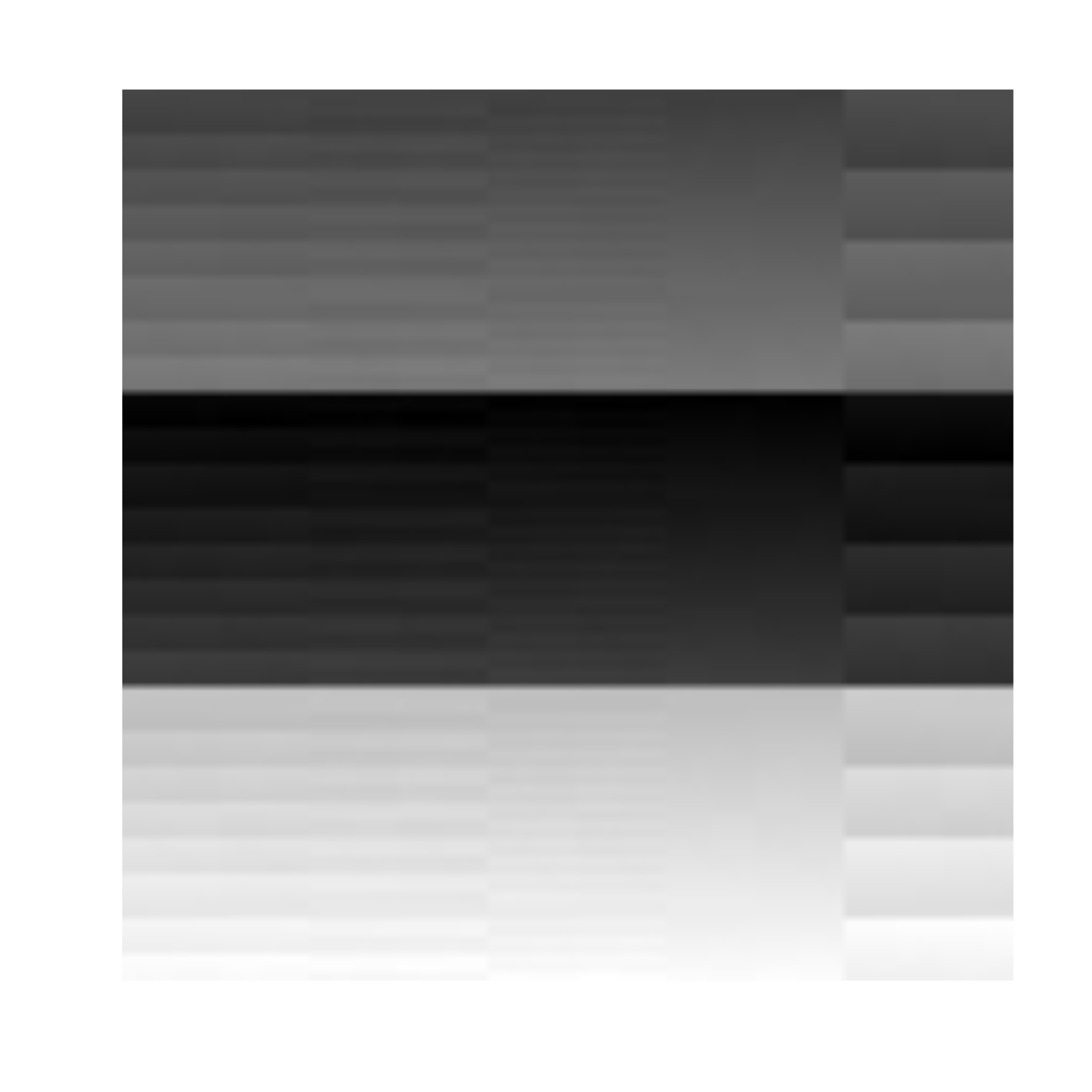White noise is a random noise with equal intensities at different frequencies. It is most well-known as what appeared on old televisions when no signal was found.
noise_white(
dim,
frequency = 0.01,
pertubation = "none",
pertubation_amplitude = 1
)
gen_white(x, y = NULL, z = NULL, t = NULL, frequency = 1, seed = NULL, ...)Arguments
- dim
The dimensions (height, width, (and depth, (and time))) of the noise to be generated. The length determines the dimensionality of the noise.
- frequency
Determines the granularity of the features in the noise.
- pertubation
The pertubation to use. Either
'none'(default),'normal', or'fractal'. Defines the displacement (warping) of the noise, with'normal'giving a smooth warping and'fractal'giving a more eratic warping.- pertubation_amplitude
The maximal pertubation distance from the origin. Ignored if
pertubation = 'none'. Defaults to1.- x, y, z, t
Coordinates to get noise value from
- seed
The seed to use for the noise. If
NULLa random seed will be used- ...
ignored
Value
For noise_white() a matrix if length(dim) == 2 or an array if
length(dim) >= 3. For gen_white() a numeric vector matching the length of
the input.

